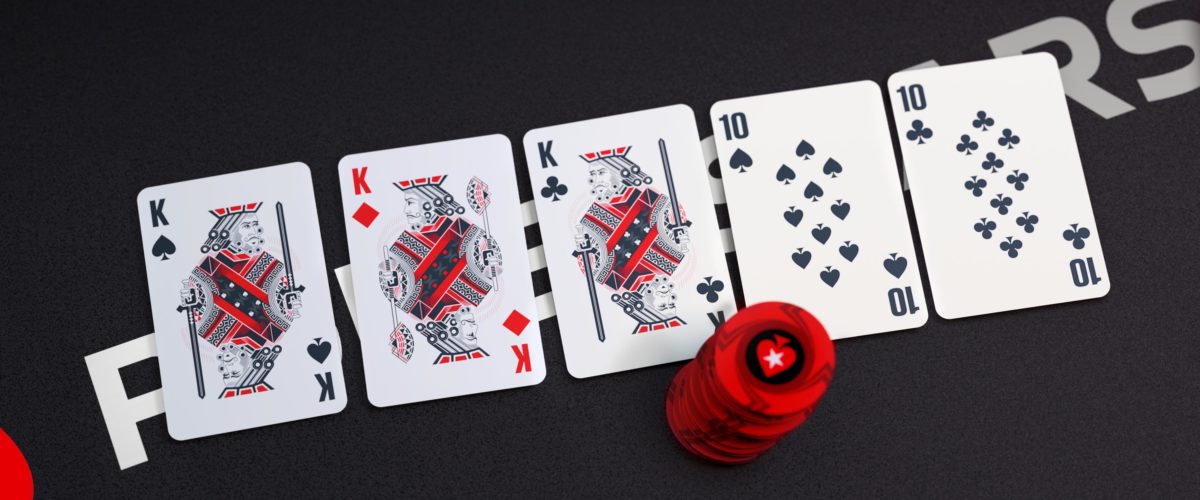Bluffing
For many players unfamiliar with the mechanics of real poker, bluffing tends to define the game. Poker scenes in films and television shows tend to focus on audacious bluffs, while ignoring the key strategy components.
Bluffing is a tool that all poker players will need to master – it is an essential weapon to keep your opponents off balance. However bluffing too often is much worse than never bluffing. Players should select the times to run a bluff very specifically, and not over-use the tool.
Deciding when to bluff
First of all, you must have a specific strategy-based reason to bluff. Bluffing just for the sake of it is dangerous and very unprofitable, but there are often occasions on which it makes good poker sense to run a bluff.
Bluffing to win the pot
The most obvious reason to try a bluff is if your hand is not strong enough to win a pot at showdown. If you can only win a pot by getting all your opponents to fold, you must make a bet or a raise to stand any chance of taking it down. This will mean bluffing. It is the art of persuading your opponents that their hands are not good enough to beat yours.
Bluffing to keep opponents guessing
It is important that a successful poker player varies his game. If you throw in the occasional bluff, your opponents know that you are not always playing in the same way and that will make their decision-making process much more difficult when you are in a pot. Sometimes being caught in a bluff can be a good thing for this precise reason. It demonstrates to your opponents that you have some variety to your game.
Bluffing to apply pressure
Poker is all about making difficult decisions, and you can apply the maximum amount of pressure on your opponents if you continue to put them to the test. In a marginal hand, you can make a decision very difficult for an opponent by making a big bluff. Some will take the easy option of folding if the pressure is too high.
Attack weakness
You should always think about the opponents in the hand, and how they have acted so far in the pot. If they have shown weakness – checking instead of betting, calling instead of raising – they are probably unsure of the strength of their hand. This presents a good opportunity to persuade them that their cards are not strong enough.
The fewer the better
In general, a bluff is much more likely to succeed if you are only facing one opponent. The more opponents there are, the more likely it is that one of them will call your bluff. You also need to make sure your opponent is capable of folding. Never try to bluff a “calling station”, ie, someone who will always call regardless.
Represent a specific hand
In order for a bluff to be believed, it has to tell a consistent story. Your betting has to be consistent with the way you would have played if you did indeed have a strong hand. The best way to achieve this is to represent a specific hand. If there are three diamonds on a board, you can represent a flush. If there are four straight cards there, you can represent that you have made a straight. A bluff is much easier to spot if it comes out of nowhere. If you suddenly show an interest in a hand that has almost no possibilities for connecting with your hole cards, opponents will smell a rat and more likely call.

